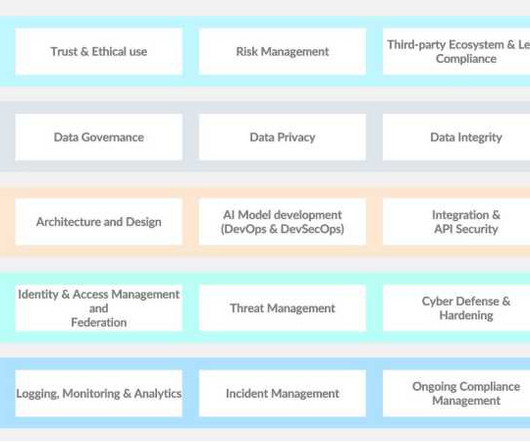ChatGPT, the rise of generative AI
CIO Business Intelligence
APRIL 25, 2023
Five years later, transformer architecture has evolved to create powerful models such as ChatGPT. Meanwhile, however, many other labs have been developing their own generative AI models. There will be more developments in the generative AI space for the foreseeable future, and they’ll become available rapidly.















Let's personalize your content